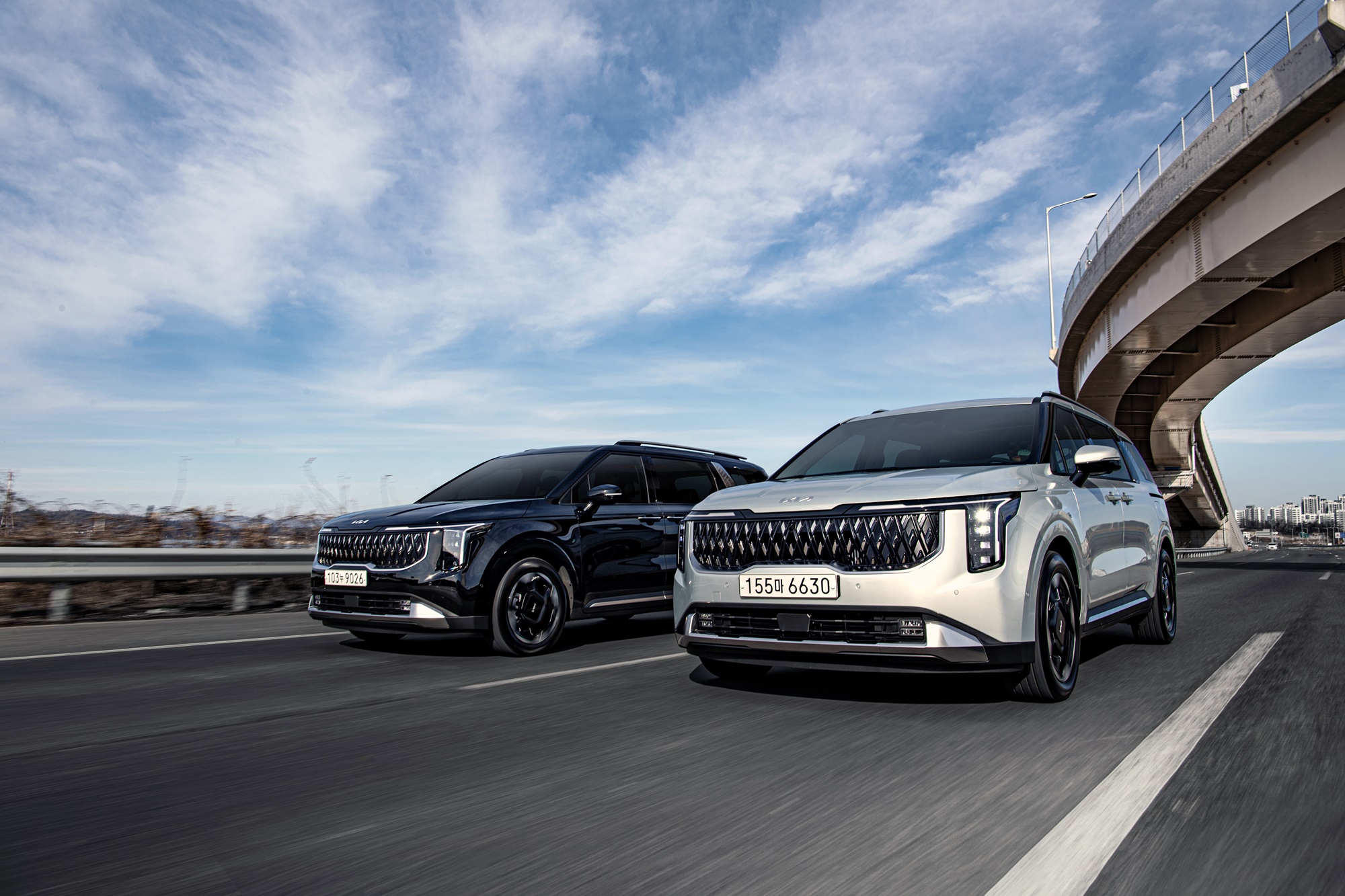
A child who used to wake up only when you shake them awake can startle to a simple “Wake up.” How proud you would feel!
The all-new Kia Carnival is just like that. Instead of pushing a button, saying “Hey Kia” activates its voice recognition system. It responds with a ding and you can immediately give your commands. Whether it’s setting the indoor temperature to 20 degrees, tuning to FM 95.9, or setting a navigation destination, it responds accordingly. It even provides stock information about Samsung Electronics. When you say, “Lower the window,” it distinguishes whether it’s the driver’s seat or passenger seat and opens it. This is the crowning achievement of Kia’s voice recognition system.
It’s a bit disappointing that there is no wake-up command, something we have pointed out several times through direct feedback. But it’s nice to see this has finally been remedied. I’m grateful and proud to witness such constant improvements.
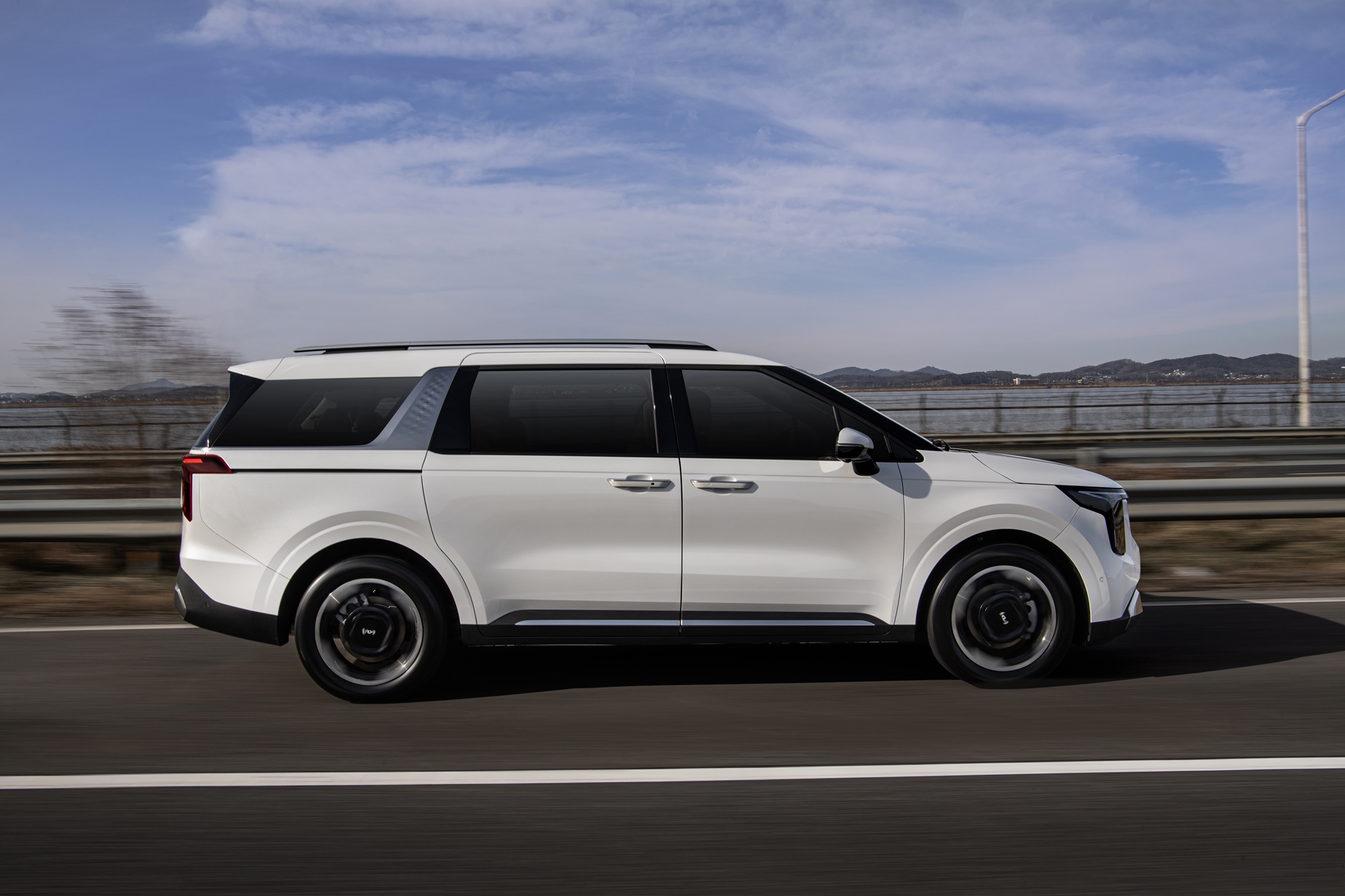
The all-new Carnival is an enhanced version of the fourth generation model that debuted in 2020. It features slight design changes including a new grille, improved shock absorbers, wireless software updates, and major upgrades like highway driving assist 2 that includes lane change support, an Ergo motion driver’s seat, and UV-C sterilization in the center console. These features are familiar, like meeting furniture you’ve known from your previous home, having already appeared in other Hyundai and Kia models.
The most significant change is in the powertrain. A new 1.6 turbo hybrid model has been introduced. Introducing a new engine is akin to a full model change. I got behind the wheel of the Carnival 1.6 turbo hybrid 7-seater provided by Kia for a test drive.
With dimensions of 5,155 × 1,995 × 1,785 mm and a wheelbase of 3,090 mm, it is a 7-passenger minivan with a 2+2+3 seating structure. The second-row seats feature separate captain’s chairs, giving it an upscale feel. The electrically adjustable second-row seat supports thighs all the way to the knees. The 9-passenger version has a 2+2+2+3 layout.
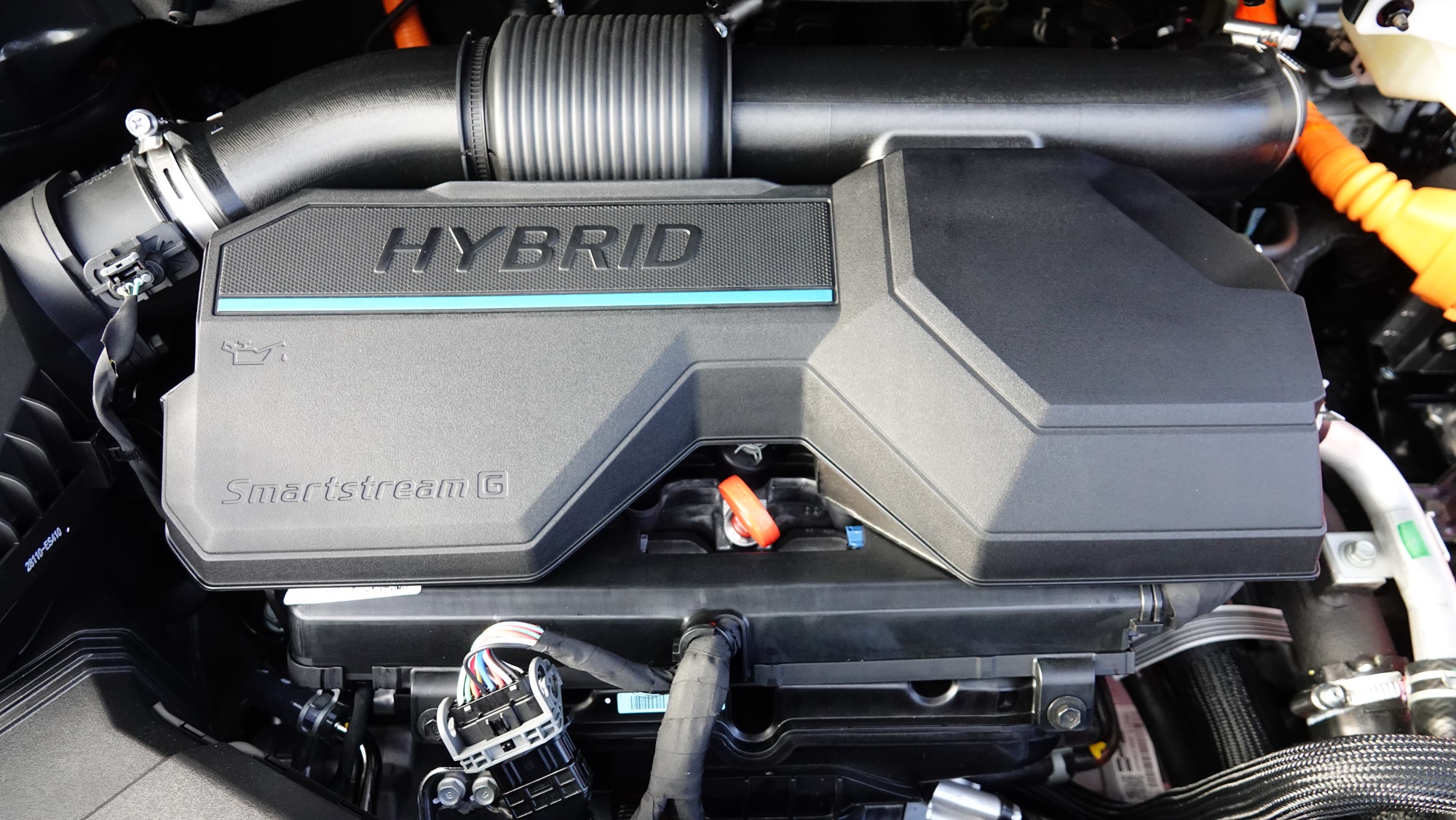
The first step feels as light as if it’s going to soar into the sky. And it’s quiet. The motor assists the engine from the rear. While the motor takes the lead downhill at times, generally, the engine provides the power with the motor pushing from behind.
The 1.6 turbo engine produces a maximum output of 180 horsepower. With the motor’s assistance, the total system output reaches a robust 245 horsepower. The curb weight is 2,165 kg, making the weight-to-power ratio 8.8 kg per horsepower. This ratio isn’t too shabby.
The driving performance is quite respectable. It steadily gains acceleration, even during high-speed driving. Given the engine displacement, one might be pleasantly surprised saying, “Not bad!” It’s impressive that a 1.6-liter engine can deliver such power.
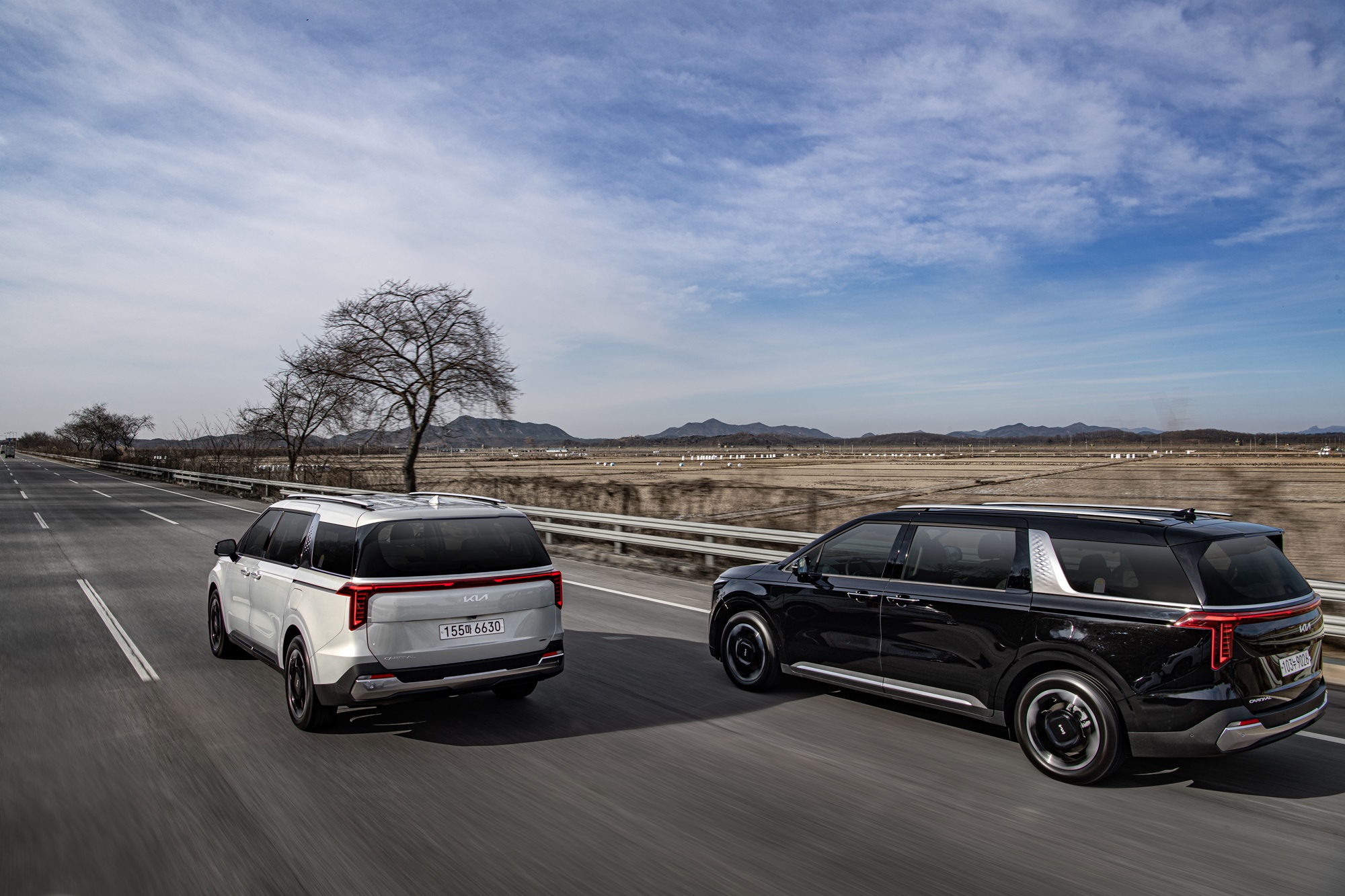
When the sports mode is selected, the seats hug the body tightly, reducing body roll and creating a genuine sense of unity with the car. This is the commendable reaction of the Ergo motion seat. In eco mode or smart mode, the seat relaxes, allowing the body to feel loose.
Thanks to the suspension’s damping effect, passengers can enjoy a comfortable ride inside the cabin. Occasionally, there may be a rough response when the contracted suspension relaxes. I suspect this might be because I’m driving a 7-passenger minivan alone. Adding more passengers could perhaps soften the suspension response further.
If carrying more passengers, attention should be given to the brakes as increased weight leads to longer braking distances. If there’s ample room in braking distance, it’s advisable to use the paddle to engage the regenerative braking feature.
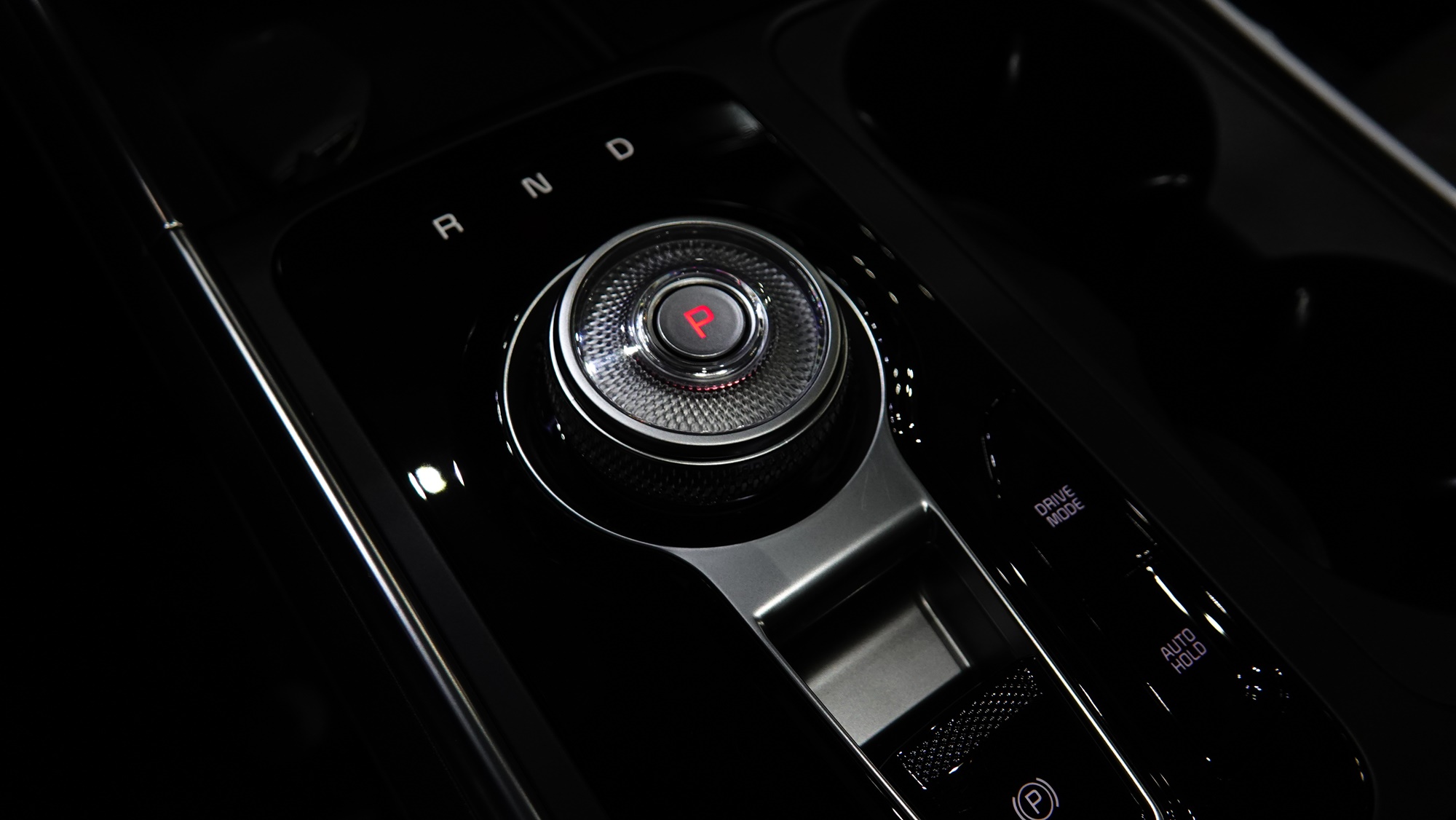
The hybrid drive motor enhances driving stability. Utilizing features like E-Ride, E-Handling, and E-EHA, the motor participates in the driving dynamics. E-Ride operates by adjusting the drive motor’s torque when crossing speed bumps, reducing disturbances. E-Handling controls acceleration and deceleration while transitioning through curves, shifting the center of gravity to enhance steering response and cornering stability. E-EHA (Electrically Evasive Handling Assist) controls front and rear axle loads during evasive maneuvers to quickly avoid collisions while enhancing vehicle stability afterward.
The paddle shifters located below the steering wheel perform different roles depending on the driving mode. In sports mode, they control shifting, while in eco and smart modes, they adjust regenerative braking. Regeneration can be set manually in three stages or activated by holding longer for ‘auto’ mode.
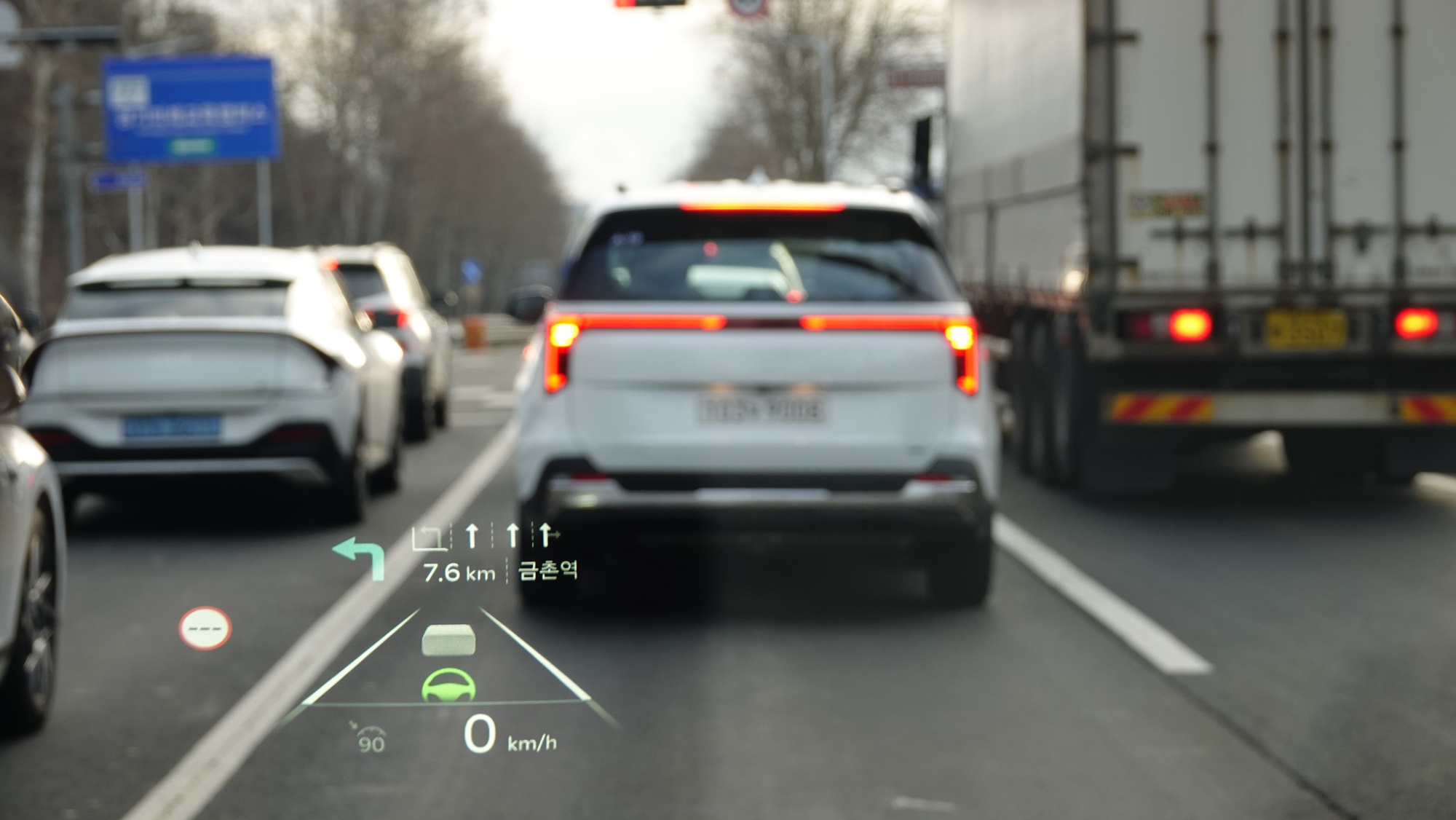
The hybrid battery has a small capacity and frequently undergoes charging and discharging cycles. It never fully discharges or fully charges. It charges and discharges vigorously at mid-range levels. The flow of energy to and from the battery and motor can be monitored via the instrument cluster.
Hybrid vehicles excel in congested traffic, low-speed driving, and city driving since the motor leads the way. The efficiency increases when the electric motor drives compared to the engine. While the officially rated combined fuel efficiency is 13.5 km/L, after driving economically over 26 km, I achieved around 17.1 km/L. Economic driving is truly the way to go.
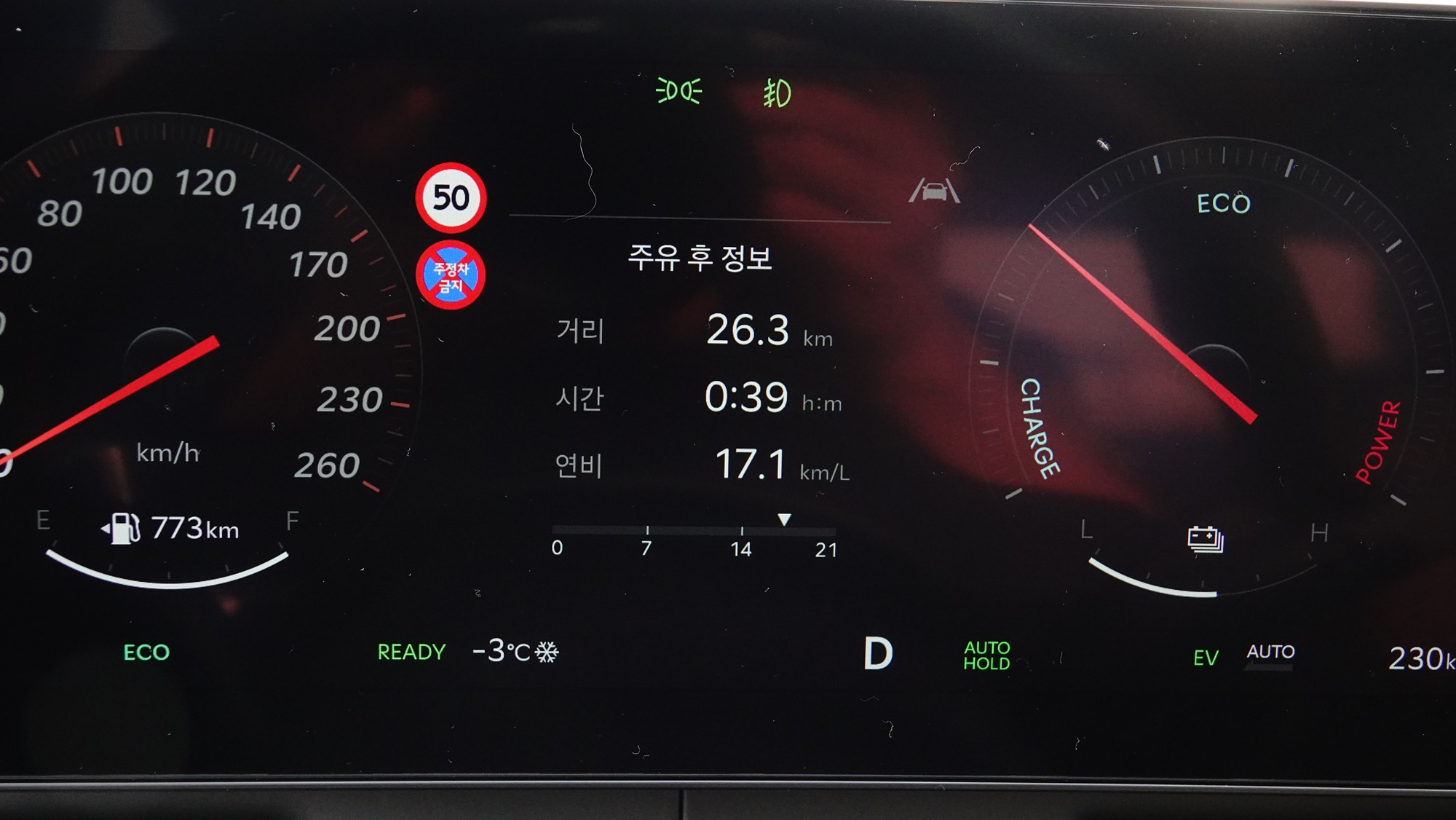
The driving assistant system monitors three lanes, focusing on the current lane and both sides. It includes a highway driving assist system (HDA2) that can support lane changes. After activating this, gently touching the turn signal allows the car to intervene in steering and change lanes smoothly. However, there are prerequisites: you must hold the steering wheel, the lane needs to have a dashed line, and the proceeding lane should be clear.
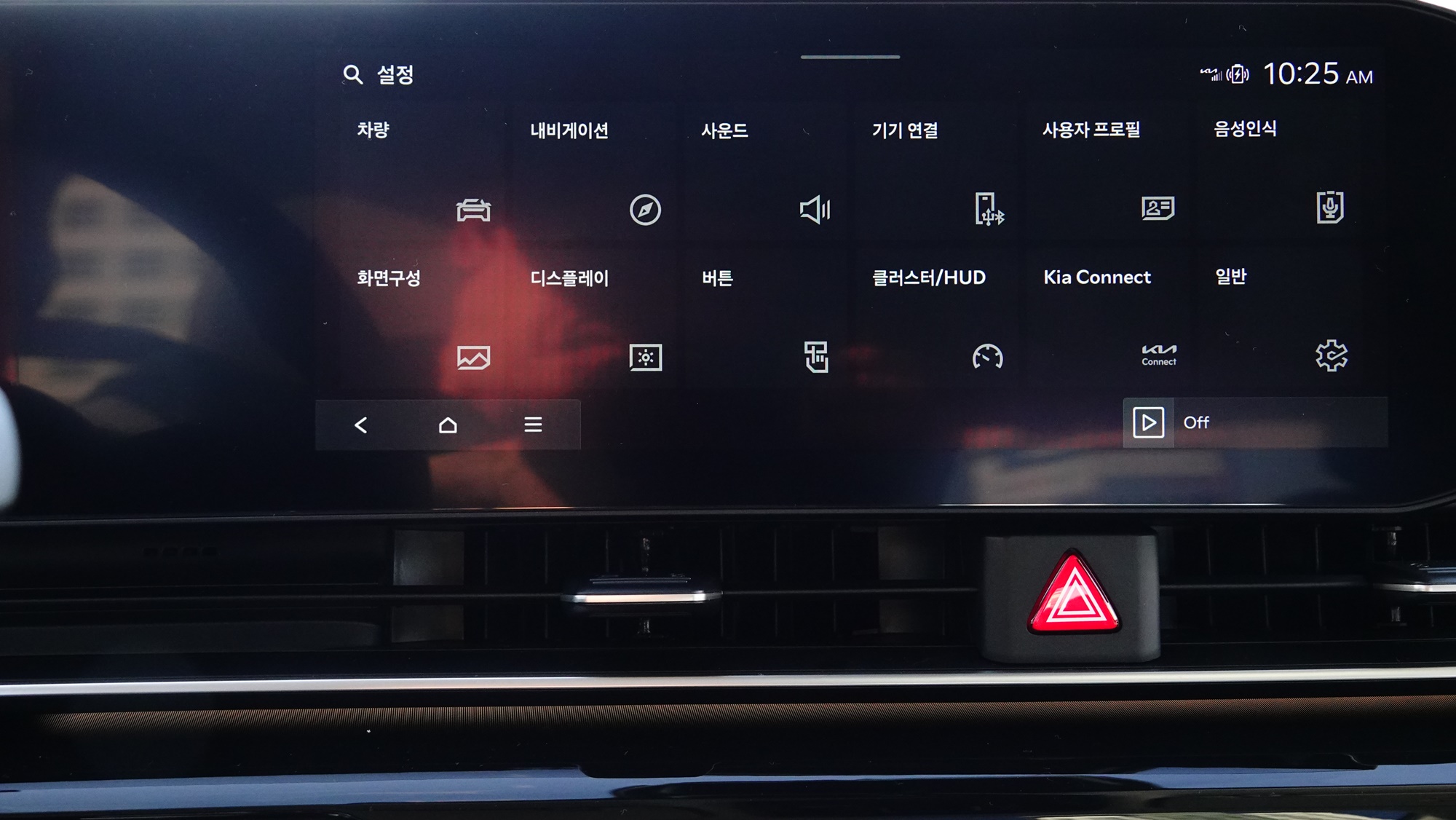
When setting the driving speed to 100 km/h, it does not exceed 90 km/h. As a precaution, it only accelerates to the speed limit due to the impending speed camera ahead. It’s that clever. It automatically reduces speed when merging on and off the highway or when approaching corners, and if there’s a tunnel, it closes all open windows.
The selling prices start at ▲3.5 34,700,000 KRW for the 3.5 model, ▲2.2D 36,650,000 KRW for the diesel model, and ▲1.6T Hybrid 39,250,000 KRW. The test car was the 1.6 turbo hybrid 7-seater signature full option, priced at 57,640,000 KRW.
The Carnival doesn’t really have direct competitors. Among domestic cars, the Hyundai Staria could be considered, but it’s hard to see it as direct competition. In the import market, the Honda Odyssey and Toyota Sienna can be considered competitors. The Carnival shows a competitive edge as it can operate in dedicated bus lanes on highways. The Odyssey and Sienna cannot meet the requirements of having 6 or more passengers in vehicles designed for 9 or more seats. Of course, the Carnival also cannot enter bus-only lanes when configured as a 7-seater.
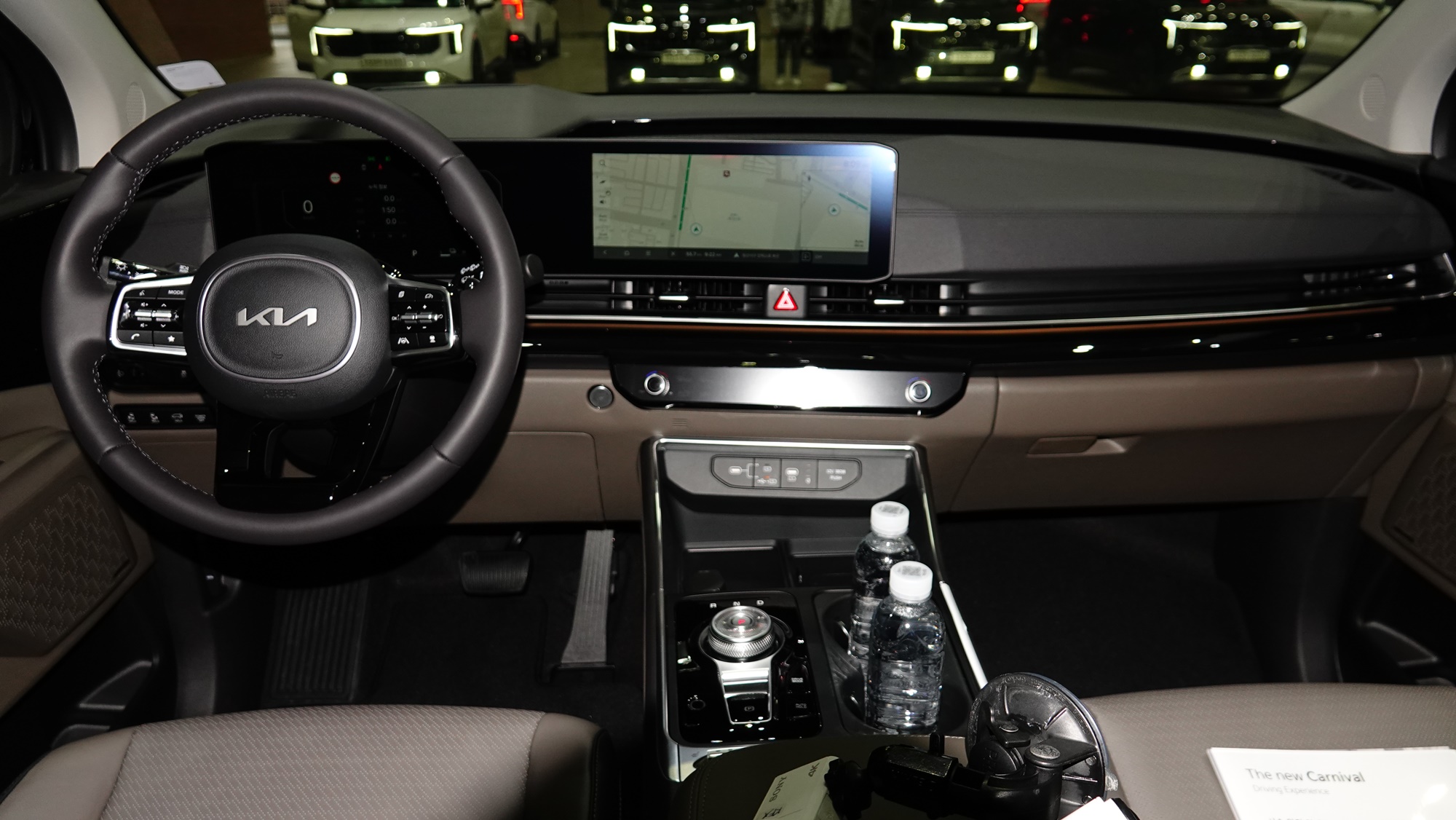
Direct feedback from Oh Jong-hoon
The automatic transmission uses six gears. With an engine displacement of only 1.6 liters, the RPM must be kept high. It can cover 100 km/h at 2,000 RPM. An eight-speed transmission could improve efficiency by lowering engine revolutions.
It would be great to have a button that enforces EV mode. A system would enforce EV-only driving when driving speed and battery level conditions are met. Given its hybrid nature, such a feature may be necessary for achieving higher efficiency.
Oh Jong-hoon yes@autodiary.kr

